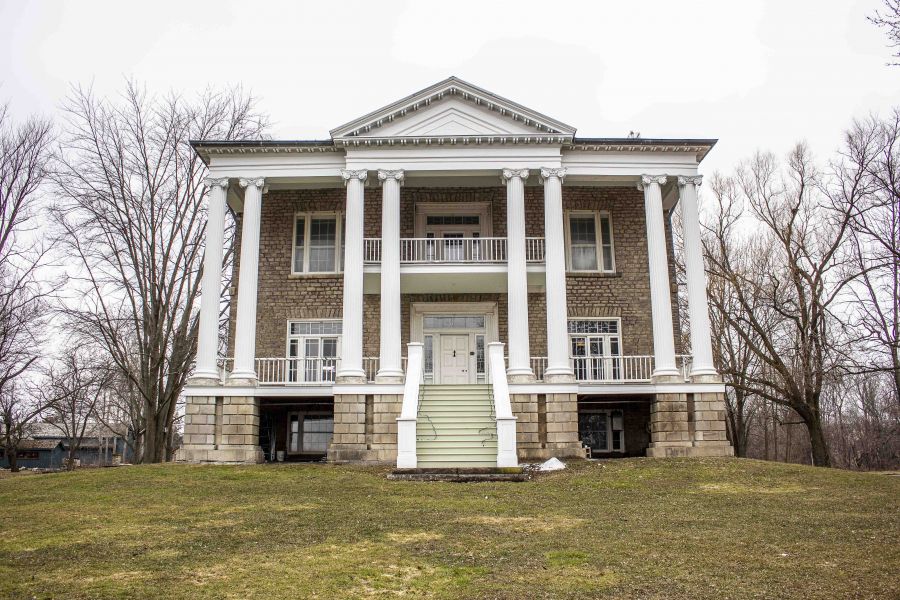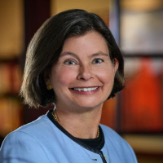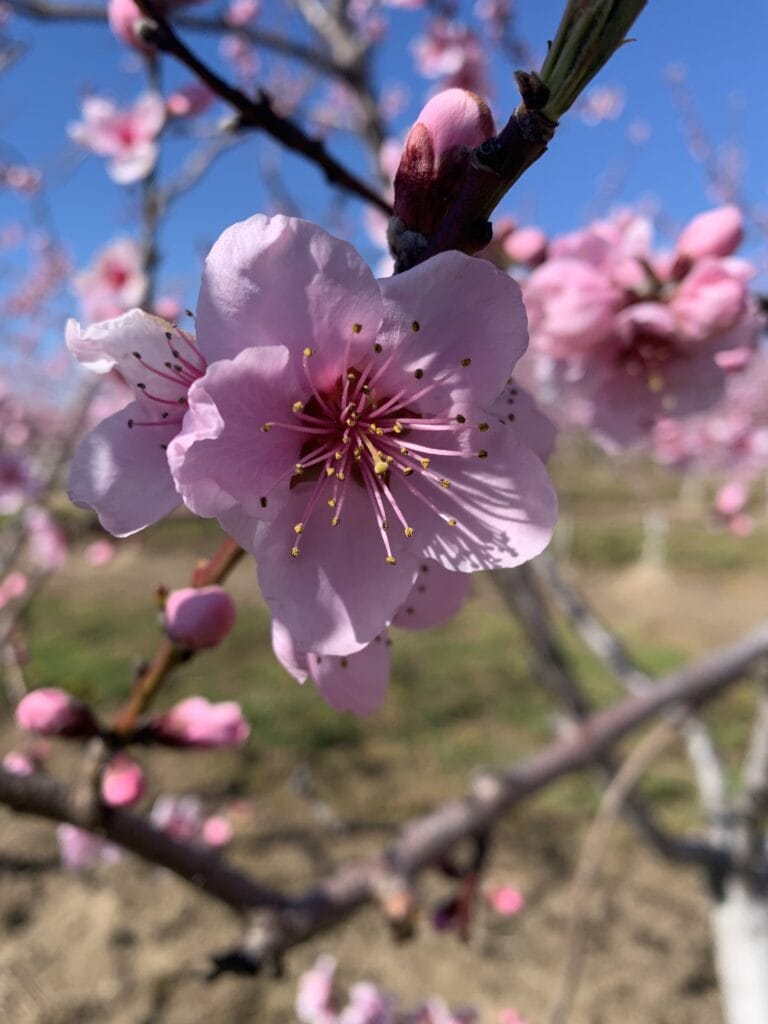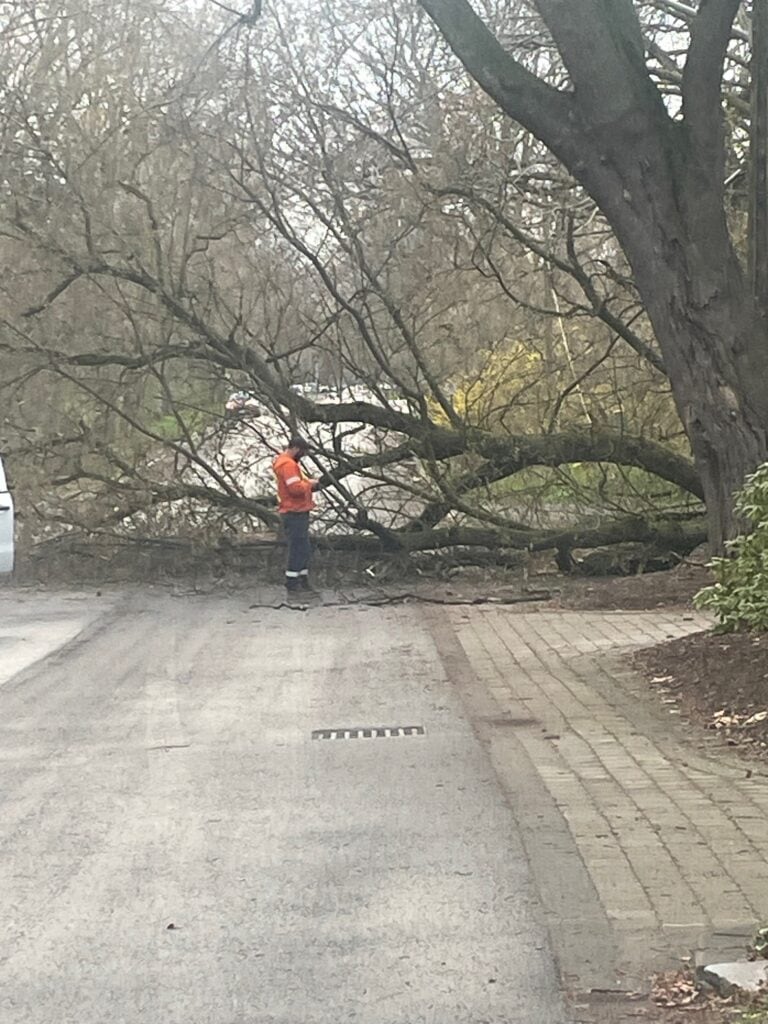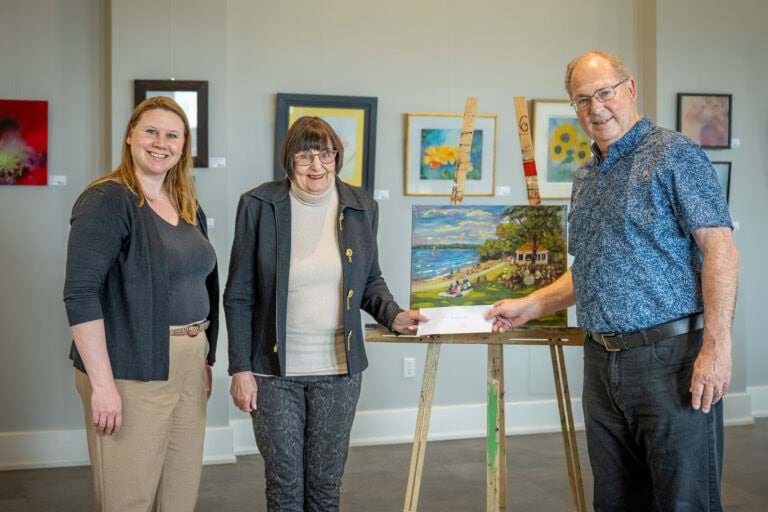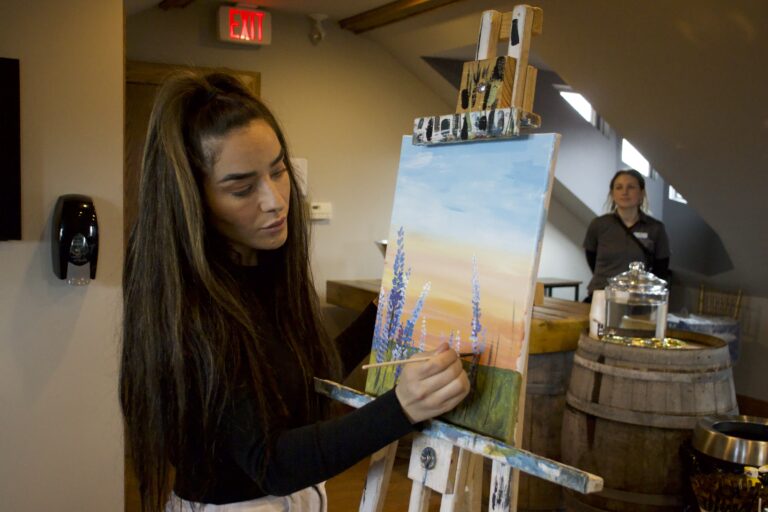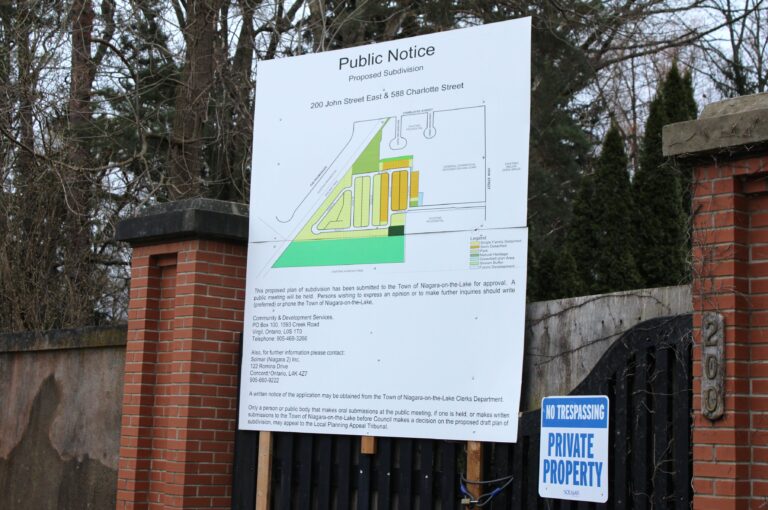Former family homestead continues to evolve as acclaimed School for Restoration Arts
When Willowbank, the picturesque heritage estate on the hill overlooking the village of Queenston, was saved from a wrecking ball in 2003, it was largely thanks to a group of residents led by Laura Dodson.
And the descendants of the last family that once called Willowbank home.
Completed in 1834 for the family of Alexander Hamilton, then sheriff of the Niagara district, in the Greek Revival architectural style, the estate is named after the massive willow trees that once graced the property.
Dorothy and John Bright purchased the estate in 1934 as their family home. He came from the family of Niagara pioneers who for generations helped shape the local wine and fruit industries.
But from 1966, when the Brights sold the estate, until the beginning of its physical and occupational revival in 2003, Willowbank fell on desperately hard times. By 2003, it was scheduled for demolition.
Enter Dodson.
She was a tireless crusader, working to protect the heritage assets of the community. Her 2007 obituary describes her crowning achievement as the Willowbank School of Restoration Arts: “Her visionary leadership brought about the founding of a school which will stand as a memorial to her life’s work.”
Bright descendant Mary Bright Urban and her husband Tom Urban, then living in Iowa, were captured by Dodson’s vision and energy. The couple has provided much of the funding for the purchase and ongoing support for the school’s evolution, totalling several million dollars.
In the fall of 2006, the Willowbank School of Restoration Arts accepted its first student class.
And today, the Urbans' daughter, Victoria Broer, continues to carry the family torch, striving to ensure the international legacy of Willowbank.
Broer doesn’t really remember visiting Willowbank as a youngster. “There are pictures of me as a very small child at Willowbank,” she says. “But I don’t really remember it.”
Now 61, Broer lives with her husband just outside Cleveland, Ohio. Their three grown-up children live in California. Recently retired, she continues to be active as a community volunteer and philanthropist.
Broer and her aunt, Emily Bright, from Virgil, are both members of the board of directors of Willowbank.
“The most important thing for my parents was to save the house from the possibility of becoming condos,” says Broer.
"It was also very important for my mom, that we were able to ensure that even if someone wanted to sell the property 100 years from now, you still can’t tear it down.”
Although Broer’s mother Mary is no longer active in Willowbank affairs, she remains interested in what’s happening at the school. “She will tell you long stories about going to Laura Secord school.”
Broer is proud of her family’s commitment to Willowbank.
“There is a real commitment on the part of the Bright and Urban clan to make sure that Willowbank is the best that it can be. It’s not just financial. Time. Talent. Treasure. We really have committed all three.”
Broer even did a stint as temporary CEO of the organization.
She admits that in the early days of the school, Willowbank meant a lot of different things to a lot of different people. “It was always tempting to run after the shiny new objects.”
“We have a very effective board, right now. We have some new members with a lot of energy, focus and talent.”
She believes the school has a better understanding of where it fits in the array of historical renovation options. “I think we now have a true discipline and focus around achieving our goals," she says.
“We have been impactful for what we’ve been able to bring to the sector and our graduates.”
Broer describes the school’s prospects as “exciting and comforting.”
“Like any startup, you find that the evolution is also a learning in itself. Those 15 years taught the school, the sector, and historic restoration, in general, a lot of lessons.”
These learnings have led to the decision to sell the remaining building of the lower campus — the historic Laura Secord Memorial School.
Broer is thankful the opportunity to acquire the lower campus came along when it did in 2012.
“It was fortuitous that we had the lower campus while we were able to work on the house,” says Broer. “(The lower campus) was also a little bit of a grand experiment. It opened options for the school."
“We spent some time living in it, working in it.
“Now, the upper campus is in really good shape. We know how to use it. We’re focused on serving our students very effectively," she says.
“It’s the right time to sell,” adds Broer. "The financial benefits of the sale will not be dissipated. It will be focused and help us move forward.”
Broer believes Willowbank has an opportunity to become the premier institution for historical preservation in Canada.
“We won’t necessarily be training hundreds of people. We will be focusing on developing curriculum and leveraging the cutting-edge direction we are so good at.”
The Bright-Urban-Broer clan “started out wanting to preserve the house. But we’ve all become enamored and excited about what’s happening at the school."
In an online profile, Broer describes her passion: “The integration of heads and hands at all levels.”
It goes a long way to explaining what keeps her engaged at Willowbank.



